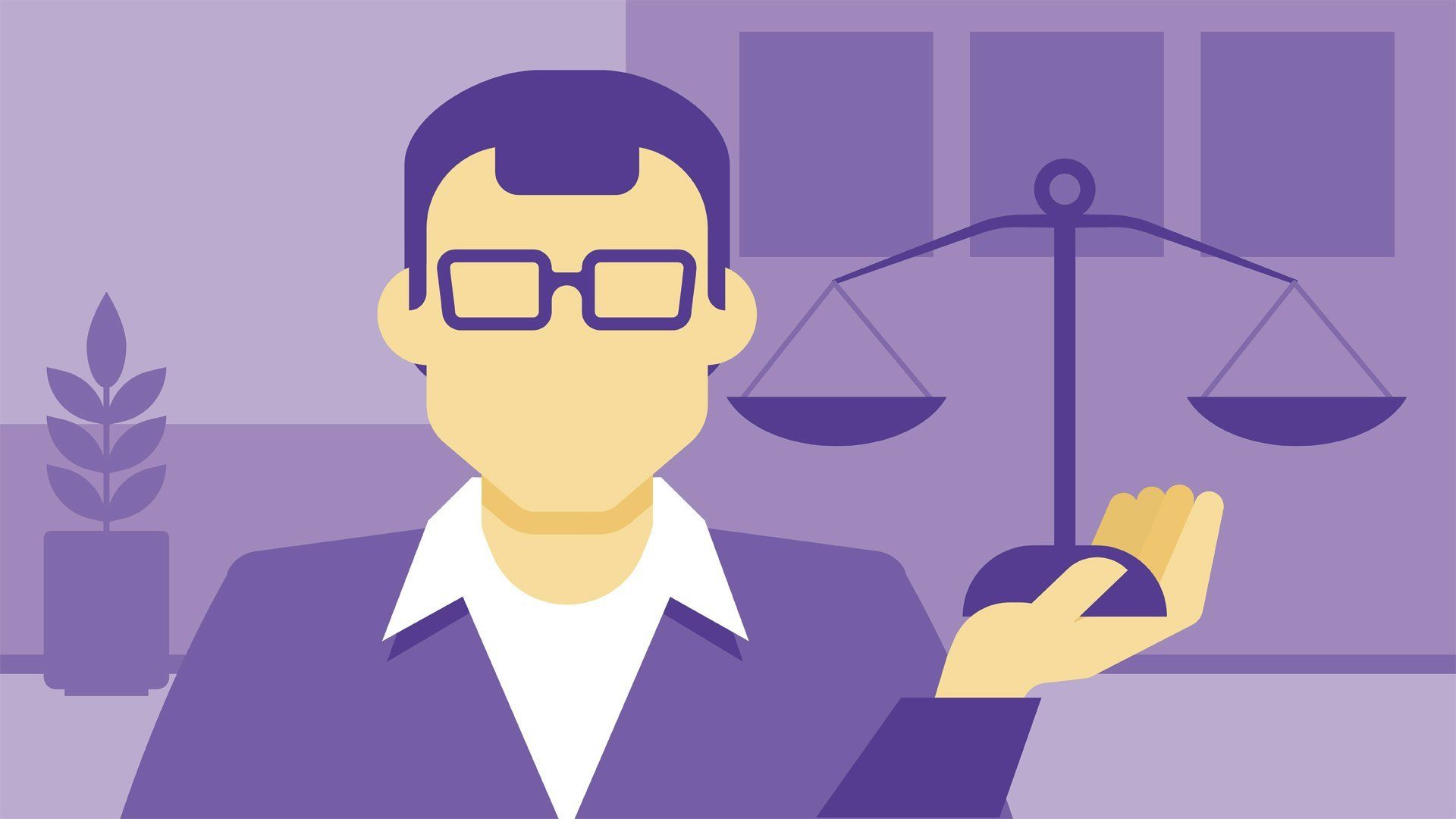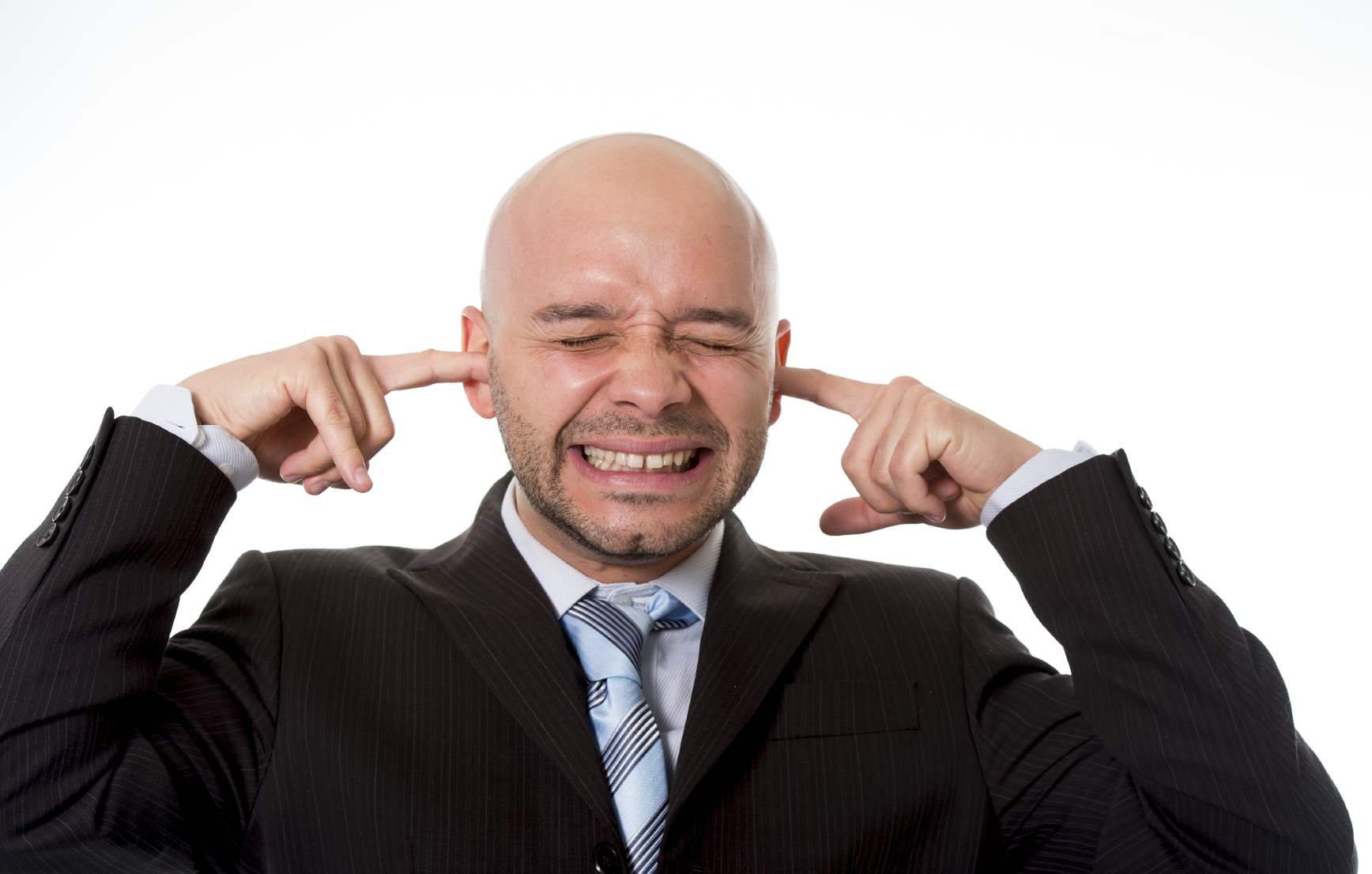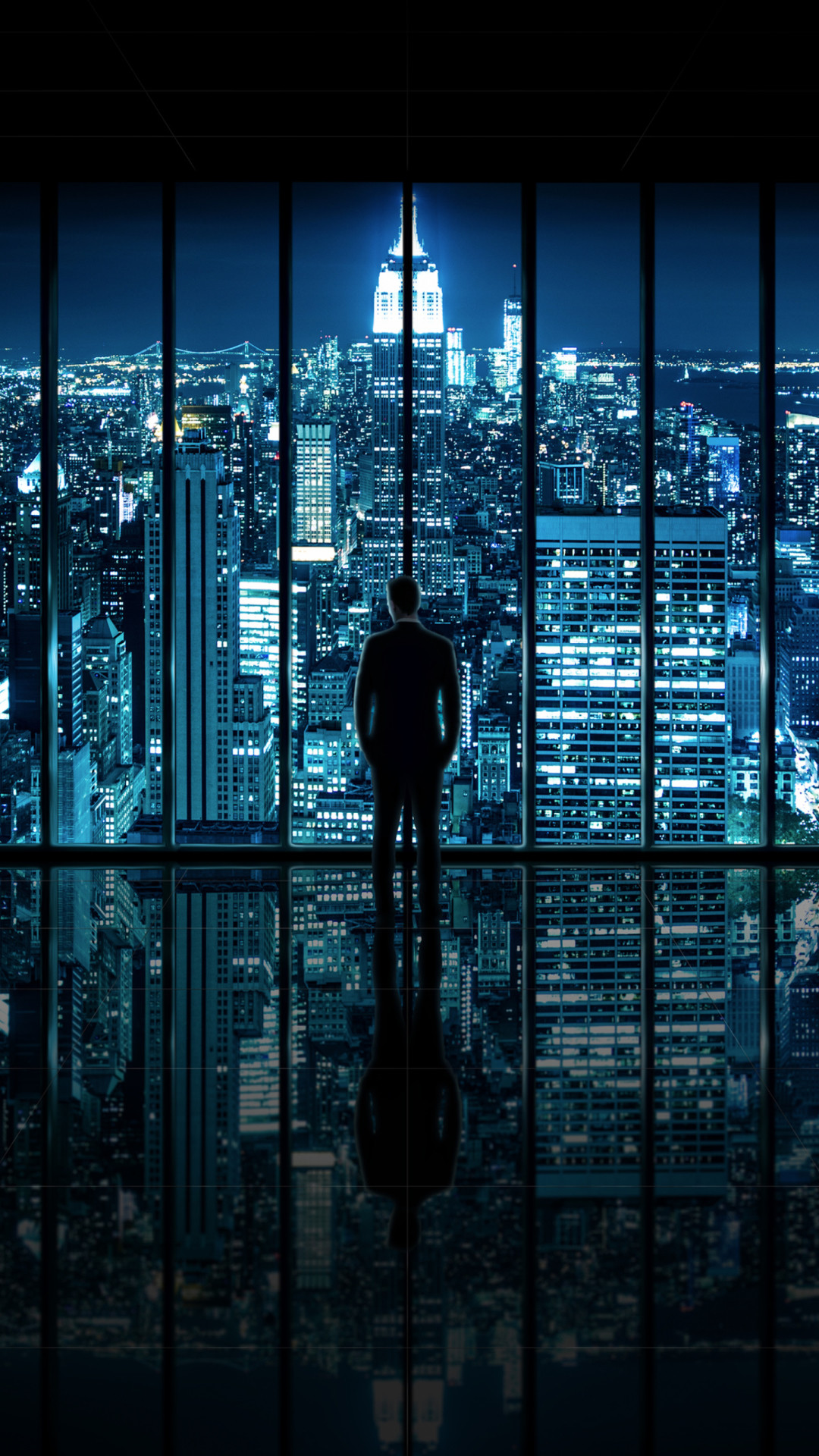That Wet Floor Was Not an Accident. It Was a Decision.
The first sensation isn’t pain. It’s surprise. The violent, physics-defying lurch of your own feet betraying you, suddenly moving faster and in a direction you never intended. Then comes the impact-a dull, percussive shock that travels from your hip through your spine and rattles your teeth. For a split second, you are granted a brand new, unwelcome perspective of the world: the cheap acoustic tiles of the ceiling, the flickering fluorescent lights, the disembodied legs of shoppers passing by, trying very hard not to look at you.
Then, and only then, does the pain arrive. A hot, blooming ache that clarifies the situation. You are on the floor. You are wet. And you are completely, utterly humiliated.
The Comforting Lie of Self-Blame
The human brain, in its desperate attempt to make sense of chaos, immediately looks for a culprit. And for most of us, the first person we blame is ourselves. I should have been more careful. I should have been looking down. I wasn’t paying attention. The store, the world, was a constant; you were the variable who failed the equation. This is a comforting lie, because it gives us a sense of control we don’t actually possess. If it was our fault, we can prevent it next time.
But what if it wasn’t our fault at all? What if your fall was scheduled?
Not on a calendar, not with your name on it, but statistically entered into























































